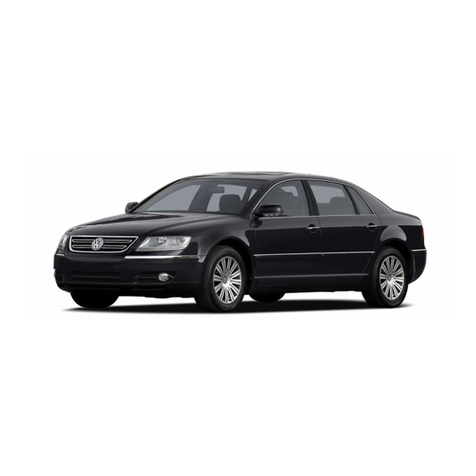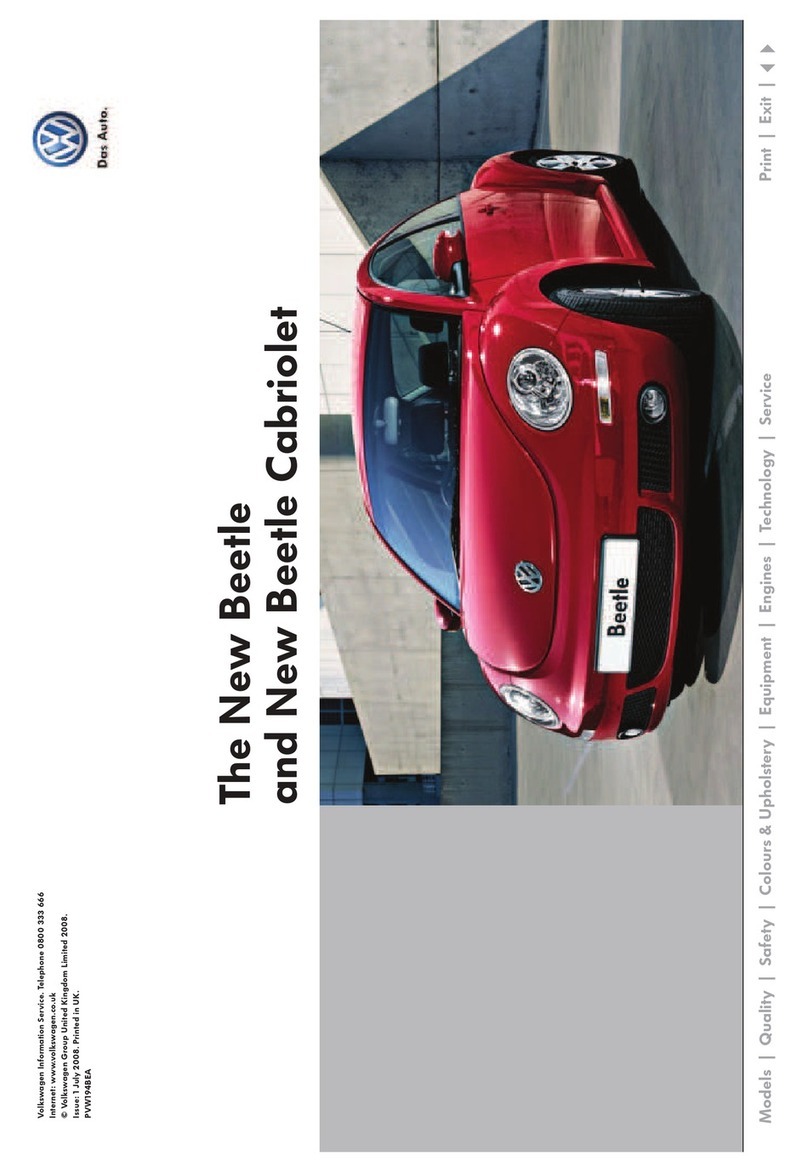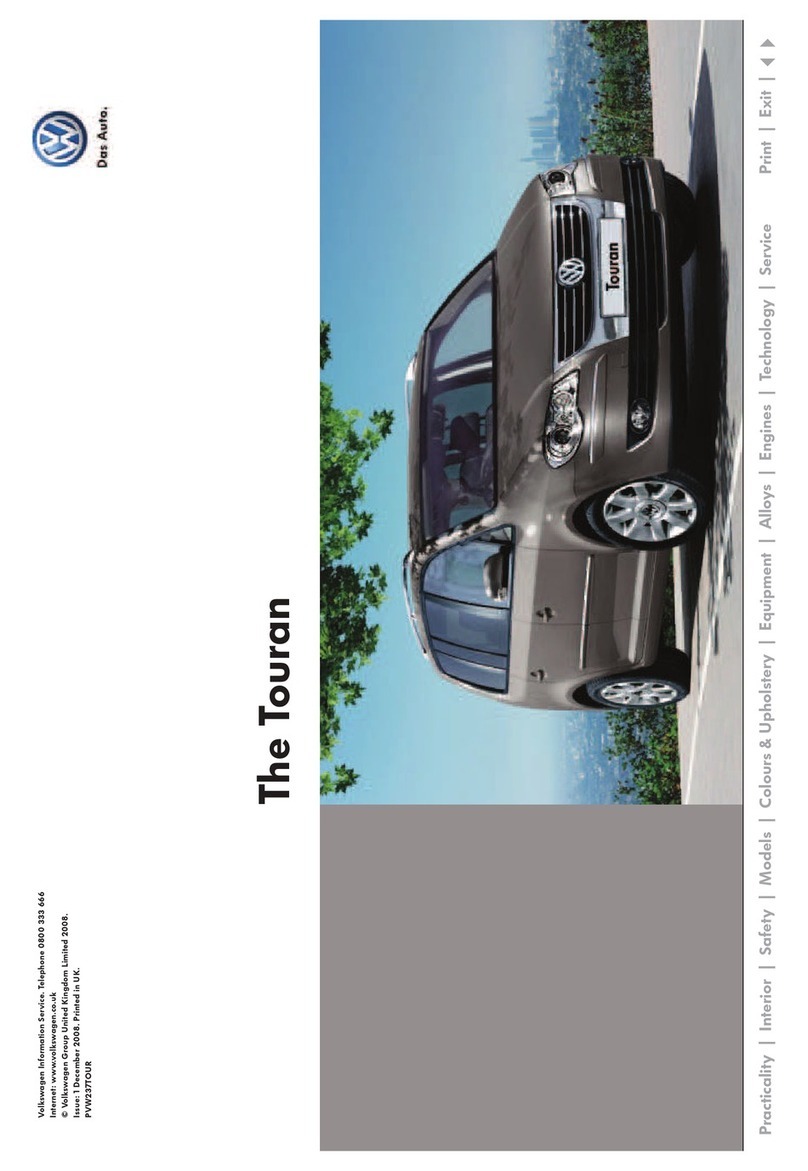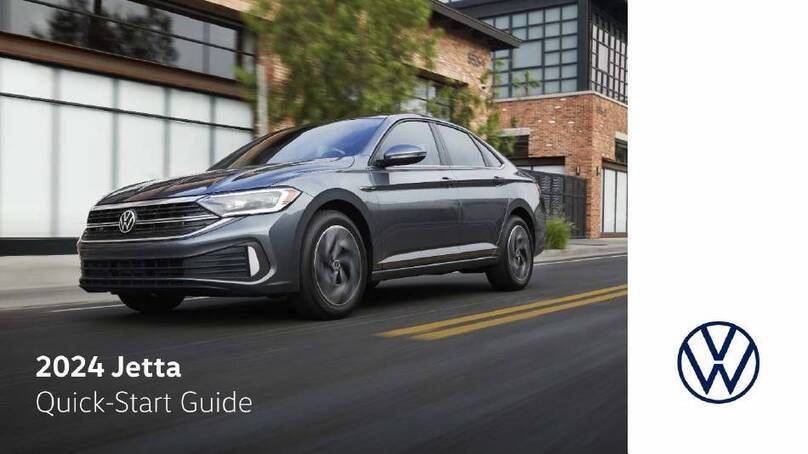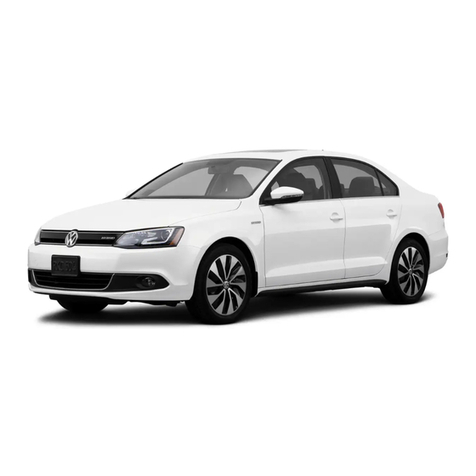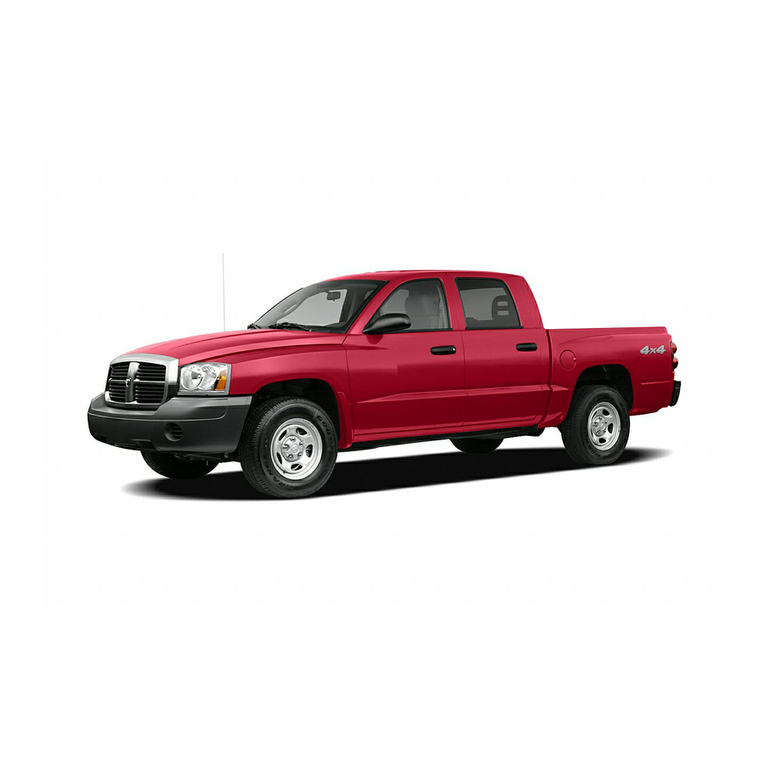
Optional RNS 315 Audio and Navigation
Inter adestination
Press the NAV hard key.
Tap the flag icon on the touchscreen.
This will allow you to enter the address.
Enter the state first, then the city, the street,
and the number.
Not sure about the number of the address?
You can just enter the state, the city, and the street.
Then press the List soft key to display the street.
Confirm the address. If the address is incorrect, press
the back button to return to the address entry screen.
Press the START soft key to begi nyour route.
Change the route settings
The system will automatically display the
fastest route. You can also have the most
economical or shortest route displayed.
Within the Navigation screen,
press the SETUP hard key.
Choose ROUTE OPTIONS.
Choose ROUTE CRITERIA.
Now you can change from the Fast
default to Economic or Short.
Streaming audio with Bluetooth* technology Set your presets IPress the BAND hard key repeatedly to toggle between FM, AM, or SiriusXM.
First, pair your compatible Bluetooth equipped phone
or audio player. (Refer to the pairing instructions in
this booklet.)
Press the MEDIA hard key. Audio will start to play
from your phone.
If other media are connected, such as on SD card,
CDs or an iPod* press the jjjj soft key on the menu.
To select the next or previous track, press the arrow hard
keys on the left side of the steering wheel.
lb pause asong, press the radio tuning knob.
AM/FM stations ISiriusXM channels
Turn the center knob to your desired station,
then press and hold the knob. The preset soft
keys will appear. Press and hold apreset soft
key until you hear the confirmation tone. To
save another preset, turn the center knob again
to choose astation, and repeat the steps.
Press the Station List soft key. Then turn the center
knob to your channel and press the knob to select.
Press the Save soft key; the preset soft keys will
appear. Press apreset to save achannel To save
another preset, turn the center knob again to choose
achannel, and repeat the steps.
SiriusXM Satellite Radio. New Volkswagen vehicles come with athree-month trial subscription to the Sirius
Select package. Infrequently tall buildings and tunnels may interrupt the satellite signal. This is normal. The
signal will refresh as you drive. For more information, please refer to the SiriusXM brochure in your glove box.
I
HEARN MORE AT -
VW.COin/golf201 3Important Warnings and Safety Information, which you must read, are listed on the last panel under NAVIGATION WARNINGS and RNS 31 5WARNINGS,
RNS 315 Audio
/Navigation

